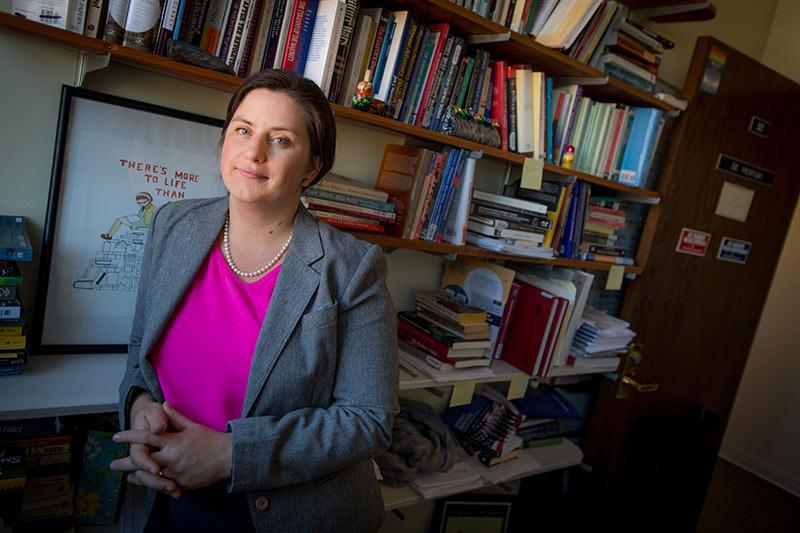Report shows more women running for and holding office in New Orleans since Katrina
As New Orleans prepares to inaugurate its first woman mayor, a new Tulane University report reveals that more women are running for and being elected to political office in the city since Hurricane Katrina.
Tulane political scientist Mirya Holman’s report, Assessing Equity in Political Representation in New Orleans, takes a look at who has held office in city government and how representation has changed over time, particularly for women and people of color.
The report finds:
- Both black and white women have run for mayor and city council at much higher rates since Katrina hit in late 2005. Since the storm, 34 percent of black candidates and 37 percent of white candidates have been women. From 1986 to 2005, women made up 25 percent of black candidates and women were only 19 percent of white candidates.
- The city council is the most diverse, in terms of gender and race, that it has ever been in the city’s 300-year history.
- Women who run are more likely to emerge from grassroots, nonprofit or activist backgrounds.
Since the 1970s until the election of Mayor Mitch Landrieu eight years ago, New Orleans has elected mayors who were black men. LaToya Cantrell’s election shows the rise of women in politics post-Katrina alongside the continued importance of black political leadership. More than 10 years – and seven elections – out from Katrina, the transformation of the city’s political landscape is also the product of years of political traditions.
Investigating the levels of representation of women and candidates of color — and their paths to political office — offers opportunities to evaluate equity in New Orleans and how gender and race shape policymaking, democratic accountability and the empowerment of women and people of color, says Holman, an associate professor of political science.
“With the election of our first woman mayor, along with a majority women and people of color city council, New Orleans moves into a new era of representation, setting the stage for a future of equity,” Holman says.
The report notes that when the number of members of a particular demographic holding office increases, it translates into important policy changes for citizens of that group. For example, women mayors increase women’s municipal employment, while black mayors increase black municipal employment. Additionally, the representation of women and African Americans in local office change budget decisions. For example, previous work finds that women mayors increase funding for social service programs.
Research also suggests that women and African Americans on the city council may shape policy, but that their impact may be more pronounced when their proportion of the council increases beyond nominal levels. As the proportion of women and African American council members increase, so do the policies that benefit constituents of these groups, increasing equity.
The report, which is co-authored by Chloe Schwanz, is the latest on the status of women in New Orleans produced by the Newcomb Research Center.

